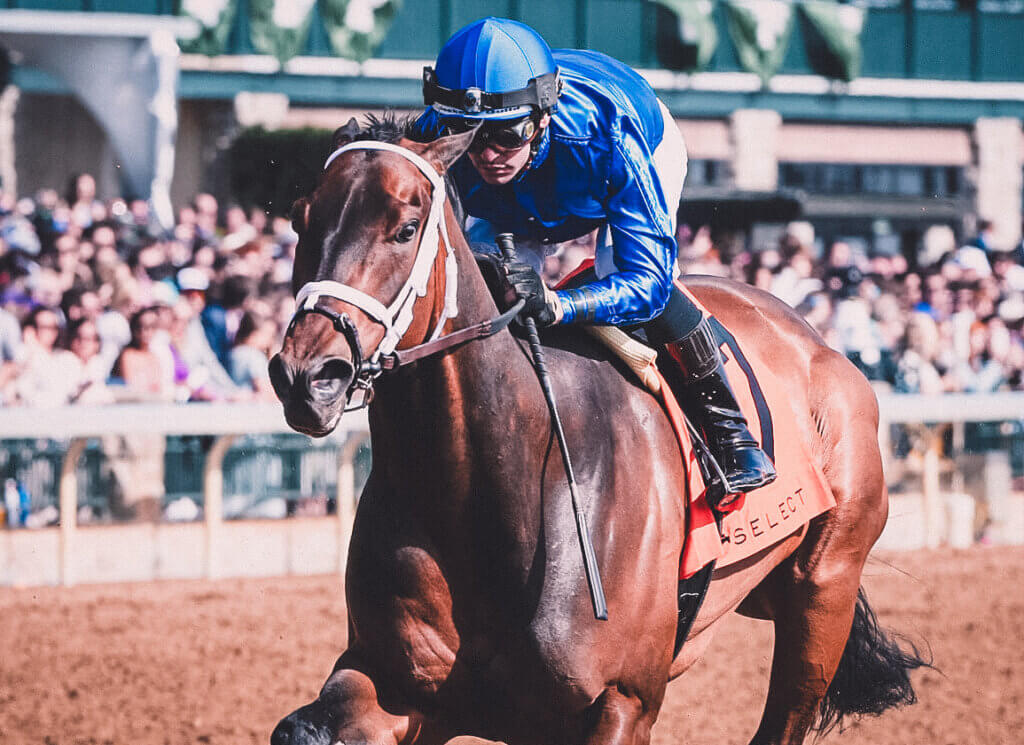Natalie Voss, New Study Gives Clues About What Types Of Training Schedules May Reduce Injury Risk For Thoroughbreds, Paulick Report, 2024. Read full article.
SUMMARY
The article discusses a recent Australian study that delves into the relationship between training schedules and injury risk for Thoroughbred racehorses. The study, published in the journal Frontiers in Veterinary Science, surveyed 66 Australian trainers about their training practices and compared these with incidences of fatal and non-fatal musculoskeletal injuries over four racing seasons in Victoria.
Key findings from the study reveal that the safest training programs varied between 2-year-old horses and older Thoroughbreds. For 2-year-olds, trainers who implemented multiple rest intervals of six weeks or less throughout the year had fewer injuries compared to those who opted for fewer or no rests. In contrast, older horses benefited from either long, frequent rests or minimal rests, as opposed to less frequent or shorter rests.
Furthermore, age-based differences were observed in the amount and intensity of high-speed work. Trainers who favored fast and light progressive training programs for 2-year-olds experienced lower injury rates than those with more moderate training volumes. For older horses, a high volume of slower-speed gallops proved beneficial in reducing injury risk.
The study also highlights the importance of a balanced approach to high-speed work, emphasizing moderation in training programs to mitigate injury risk. Additionally, the promotion of conservative training practices, prioritizing horse welfare over racing schedules, is encouraged among trainers.
Overall, the study provides valuable insights into tailoring training programs based on age group and underscores the significance of rest intervals, high-speed work, and moderation in reducing the incidence of musculoskeletal injuries in Thoroughbred racehorses.
RECOMMENDATIONS
Tailored Training Programs for Different Age Groups: Develop tailored training programs for 2-year-olds versus older Thoroughbred racehorses based on the findings that optimal training practices differ between age groups. Consider factors such as rest intervals, frequency, and intensity of workouts to minimize the risk of musculoskeletal injuries specific to each age category.
Emphasis on Rest and Recovery: Place emphasis on adequate rest and recovery periods within training schedules, particularly for 2-year-olds. Trainers should consider incorporating multiple rest intervals of six weeks or less throughout the year for younger horses to reduce injury risk and promote long-term soundness.
Balanced Approach to High-Speed Work: Implement a balanced approach to high-speed work, ensuring that it is incorporated in moderation within training programs. Trainers should avoid excessive high-speed work, especially for 2-year-olds, and opt for progressive training programs that include a mix of speed and distance to mitigate the risk of injuries associated with intense workouts.
Continuous Monitoring and Adjustment: Continuously monitor training programs and injury outcomes, and be prepared to adjust training strategies based on individual horse responses and evolving research findings. Regular evaluation of training practices and their impact on injury rates is essential for optimizing racehorse welfare and performance.
Promotion of Conservative Training Practices: Promote conservative training practices among trainers, emphasizing the importance of moderation and careful management in all aspects of horse training. Trainers should prioritize horse welfare over racing schedules and consider long-term health implications when making training decisions, especially regarding the racing debut of 2-year-olds.



